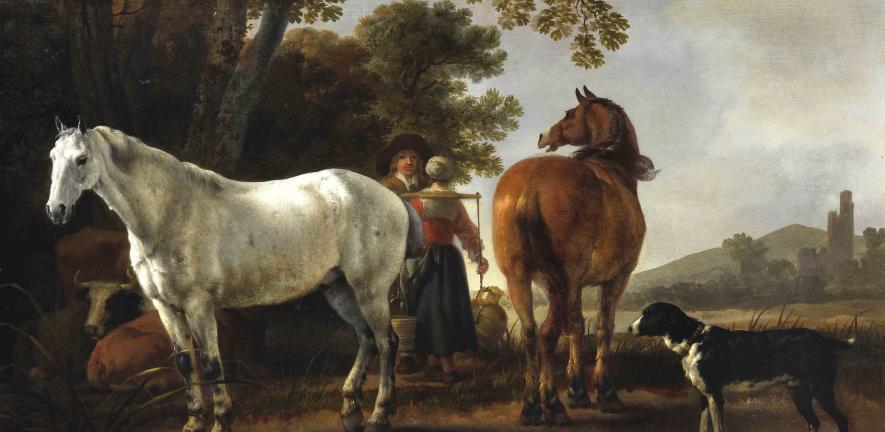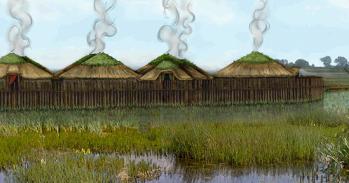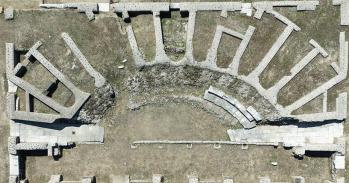
Research reconciles competing theories about the origin of the domestic horse.
Research reconciles competing theories about the origin of the domestic horse.
Our research clearly shows that the original founder population of domestic horses was established in the western Eurasian Steppe, an area where the earliest archaeological evidence for domesticated horses has been found.
Dr Vera Warmuth, from the University of Cambridge’s Department of Zoology
New research indicates that domestic horses originated in the steppes of modern-day Ukraine, southwest Russia and west Kazakhstan, mixing with local wild stocks as they spread throughout Europe and Asia. The research was published yesterday, 07 May, in the journal PNAS.
For several decades scientists puzzled over the origin of domesticated horses. Based on archaeological evidence, it had long been thought that horse domestication originated in the western part of the Eurasian Steppe (Ukraine, southwest Russia and west Kazakhstan); however, a single origin in a geographically restricted area appeared at odds with the large number of female lineages in the domestic horse gene pool, commonly thought to reflect multiple domestication “events” across a wide geographic area.
In order to solve the perplexing history of the domestic horse, scientists from the University of Cambridge used a genetic database of more than 300 horses sampled from across the Eurasian Steppe to run a number of different modelling scenarios.
Their research shows that the extinct wild ancestor of domestic horses, Equus ferus, expanded out of East Asia approximately 160,000 years ago. They were also able to demonstrate that Equus ferus was domesticated in the western Eurasian Steppe, and that herds were repeatedly restocked with wild horses as they spread across Eurasia.
Dr Vera Warmuth, from the University of Cambridge’s Department of Zoology, said: “Our research clearly shows that the original founder population of domestic horses was established in the western Eurasian Steppe, an area where the earliest archaeological evidence for domesticated horses has been found. The spread of horse domestication differed from that of many other domestic animal species, in that spreading herds were augmented with local wild horses on an unprecedented scale. If these restocking events involved mainly wild mares, we can explain the large number of female lineages in the domestic horse gene pool without having to invoke multiple domestication origins.”
The researchers provide the first genetic evidence for a geographically restricted domestication origin in the Eurasian Steppe, as suggested by archaeology, and show that the tremendous female diversity is the result of later introductions of local wild mares into domestic herds, thus reconciling evidence which had previously given rise to conflicting scenarios.
The research was funded by the BBSRC, German Academic Exchange Service (DAAD), and the Leverhulme Trust.
This work is licensed under a Creative Commons Licence. If you use this content on your site please link back to this page.





